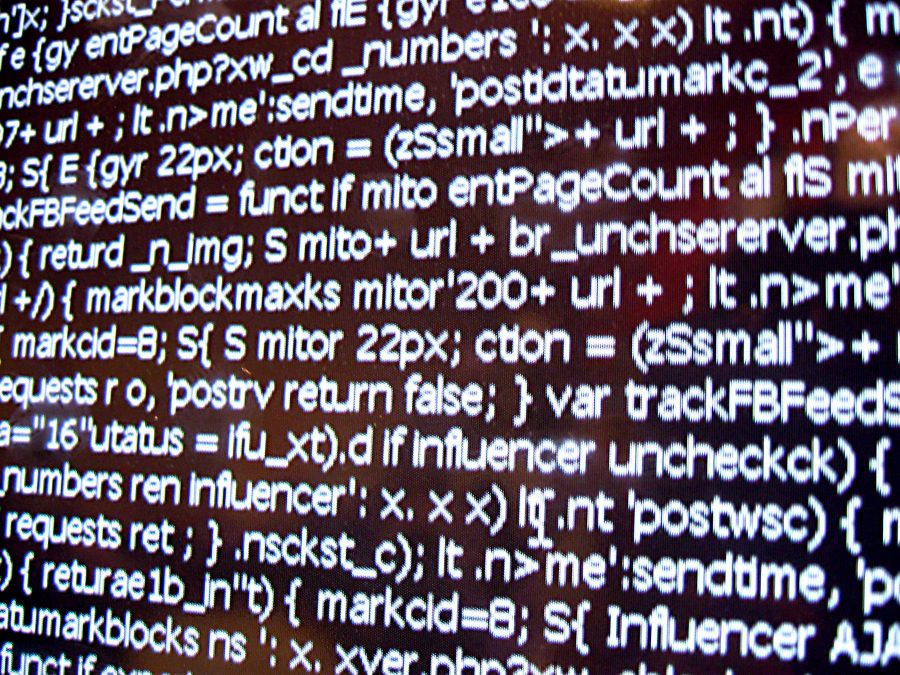By Briana Hayes
Staff Writer
Detoxes are becoming increasingly common and appear as advertisements on social media. While they seem relatively simple, detoxes work by working on the cells of the human bodies while providing multiple ways to do so.
Not everyone has to detox, but with an increased number of toxins in our food and in the environment it is becoming a more common trend. There are a variety of reasons for an individual to begin a detox.
Some symptoms include unexplained fatigue, sluggishness, irritated skin, allergies, bloating and mental concentration issues. While these symptoms could be signs of other causes, these are common of toxins in the body.
If you would like to start a detox it best to start by getting rid of the basic toxins that are consumed almost everyday. These include alcohol, coffee, cigarettes, saturated fats, and refined sugars.
These items are considered toxins because they act as hindrances to the body’s natural healing process. For example, caffeine affects the body’s ability to produce ATP- the body’s energy.
In addition, stress acts as a toxin on the body. Acute stress normally causes an adrenaline rush but chronic stress has the ability to cause the release of toxins into the body, specifically the liver.
While knowing you want to go on a detox diet is simple, choosing the correct one for you may not be. Detoxes take dedication, time and commitment.
It is important to remember to set realistic goals and to listen to your body. You do not want to push your body too far. Detoxes are not always easy for the body to adjust to.
There are multiple kinds. One form of detox diet is a juice cleanse. Juicing allows individuals to get the recommended amount of fruits and vegetables. Sometimes it is difficult to and juicing eliminates this problem from the start.
Juicing allows the nutrients to get into the body’s cells faster however it has the propensity to be expensive and juicing does not let the body get fiber. This can be easily fixed by adding the pulp of the fruits and vegetables back into the juice after juicing.
Another way to do a detox is through a sugar detox. Sugar is one of the most addicting things humans put into their bodies.
According to the USDA, the average American consumed 151 pounds of sugar in one year in 1999. This is the highest of all time.
Sugar results in a high intake of carbohydrates and it leads to bloating and the release of serotonin into the blood. Serotonin will cause the reverse effect of a sugar high and leave a person feeling fatigued.
So if you are feeling fatigued and tired, maybe the sugar detox is the one for you. The first step of a sugar detox is to get rid of any refined sugars or added sugars in your diet. This includes soda, candy, and refined foods such as white bread or candy.
An issue with sugar is that it comes in many forms so it can be harder to detect. Other variations of sugar include beet sugar, glucose, malt, or corn syrup.
A sugar detox focuses more on ridding food from your diet rather than changing the form in which you eat it like juicing.
Sugar has the tendency to sneak up on people in granola bars or flavored yogurts. Meal planning is important and reading labels is even more important.
Another form of detox diet is hypoallergenic diet. This requires an individual to eat a diet low in allergenic foods, due to the food sensitivities they may cause. This includes a diet with food such as brown rice, fresh fruits, tofu, fish, vegetables and beans.
Detoxes help rid the body of toxins but there are still steps you should take after your period of detox. This includes eating fiber in forms such as brown rice, broccoli and other vegetables.
You should drink at least two quarts of water each day to help your body detox during the period. This will help rid your body of toxins.
Detoxes require research and a person should prepare for them. They help your body feel fresher and relieve the symptoms that toxins in the environment cause.




















